Discover 11 hidden attractions, cool sights, and unusual things to do in Fuji-Hakone-Izu National Park (Japan). Don't miss out on these must-see attractions: Hakone Open-Air Museum, Otodome Falls, and Museum of The Little Prince in Hakone. Also, be sure to include Cape Irōzaki in your itinerary.
Below, you can find the list of the most amazing places you should visit in Fuji-Hakone-Izu National Park (Shizuoka).
Table of Contents
Hakone Open-Air Museum
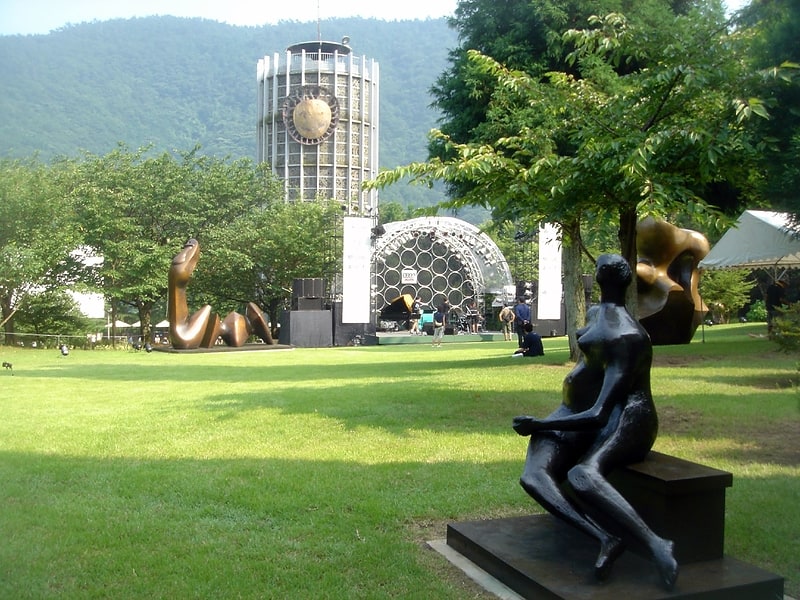
Also known as: 箱根 彫刻の森美術館
Open-air museum known for sculptures. The Hakone Open-Air Museum is Japan's first open-air museum, opened in 1969 in Hakone in Ashigarashimo District, Kanagawa Prefecture, Japan. It has collections of artworks made by Picasso, Henry Moore, Taro Okamoto, Yasuo Mizui, Churyo Sato, Susumu Shingū and many others, featuring over a thousand sculptures and works of art. The museum is affiliated with the Fujisankei Communications Group media conglomerate.
The museum houses over 1,000 sculptures and features art by Constantin Brâncuși, Barbara Hepworth, Rokuzan Ogiwara, and Kōtarō Takamura. About 120 sculptural works are on permanent display across the large sculpture park.
The museum is split into five indoor exhibitions and is best known for the Picasso Pavilion hall, which features around 300 of Picasso's works. The museum also offers sculptures that children can play on and a naturally-fed hot-spring foot bath for guests.[1]
Address: 1121 Ninotaira, 250-0493 Hakone-machi
Otodome Falls
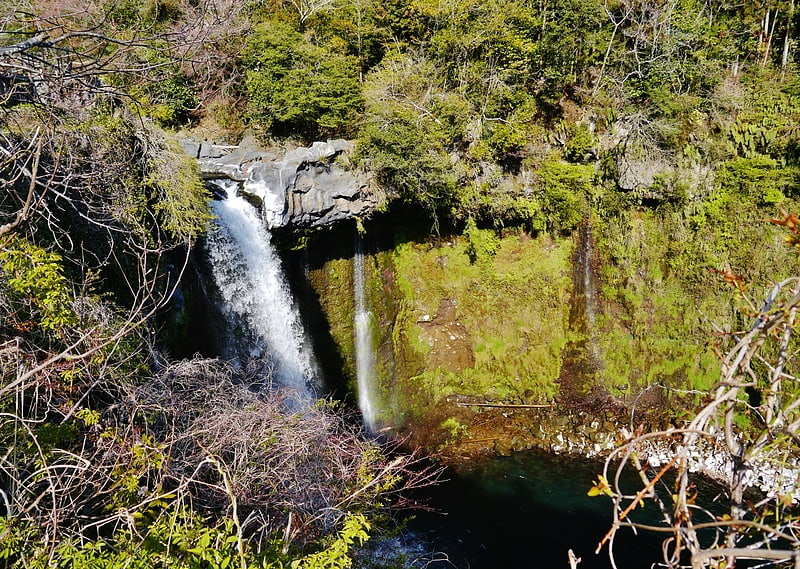
Also known as: 音止めの滝
Waterfall in Japan. Otodome Falls is a waterfall in Fujinomiya, Shizuoka Prefecture, near Mount Fuji, Japan. It is part of the Fuji-Hakone-Izu National Park. Another waterfall, the Shiraito Falls is about a five-minute walk away.
The name "Sound Stopping Waterfall" comes from an episode in the Soga Monogatari story of the Kamakura period. When the Soga brothers accompanied Minamoto no Yoritomo on a hunting expedition to the base of Mount Fuji, they plotted to assassinate one of Yoritomo's retainers, Kudō Tsuketsune, who was the murderer of their father. In order to avoid being overheard, they planned their strategy by the roaring waters of this waterfall.
The Otodome Falls is listed as one of the "Japan's Top 100 Waterfalls", in a listing published by the Japanese Ministry of the Environment in 1990.[2]
Museum of The Little Prince in Hakone
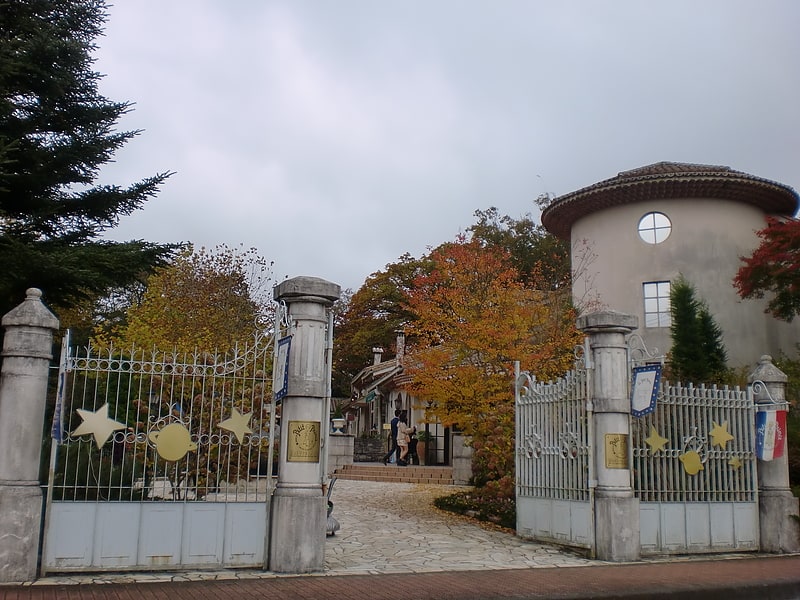
Also known as: 箱根★サン=テグジュペリ 星の王子さまミュージアム
Museum in Hakone, Japan. The Museum of The Little Prince in Hakone is a museum in Sengokuhara, Hakone, Kanagawa Prefecture, Japan. The museums is dedicated to the character in the story The Little Prince by Antoine de Saint-Exupéry.[3]
Address: 909 Sengokuhara, 250-0631 Hakone-machi
Cape Irōzaki
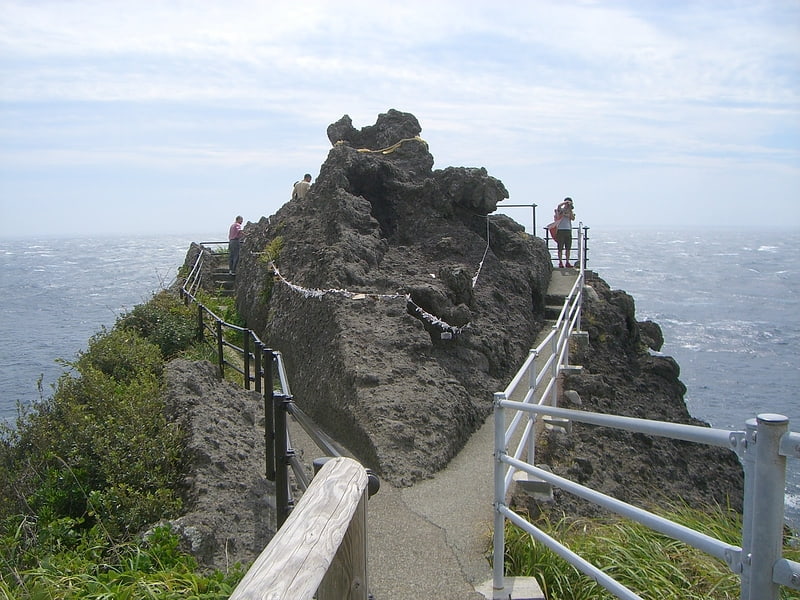
Cape Irōzaki is a headland on southernmost point on the Izu Peninsula on the island of Honshu in Japan. It is located within the borders of the town of Minamiizu, Shizuoka and is within the borders of the Fuji-Hakone-Izu National Park. The cape marks the border between Sagami Bay and Suruga Bay and also between the Philippine Sea and the Pacific Ocean.
Irōzaki Lighthouse stands on the cape. The cape also contains a Shinto shrine, the Imuro Jinja, which claims to have been founded in the Nara period.[4]
Kawaguchiko Motor Museum
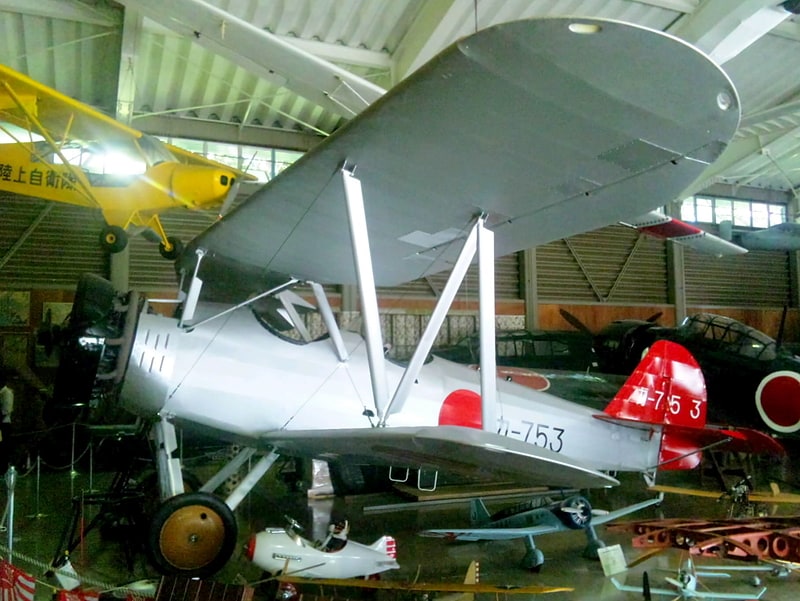
Also known as: 河口湖自動車博物館・飛行舘
Museum in Narusawa, Japan. Kawaguchiko Motor Museum / Fighter Museum is a museum located in Yamanashi prefecture, Japan. Founded in 1981 by former race driver and businessman Nobuo Harada, it has a collection of antique motor vehicles. In 2001 it opened a new area to display a collection of 20th century military aircraft used by Japan, from Japanese Imperial Forces during World War II and the Japan Self-Defense Forces in the postwar period.[5]
Asagiri Plateau

Also known as: 朝霧高原
Toll road rest stop in Fujinomiya, Japan. The Asagiri Plateau is located at the southwest base of Mount Fuji in Fujinomiya, Shizuoka Prefecture, Japan.The Asagiri Plateau is richly utilized for its pasture land and many dairy farms are situated along it. The elevation of the plateau is generally around 800 m or 900 m.
Asagiri Kogen is also home to one of the most spectacular Hang-gliding and Paragliding sites in Japan. With the backdrop of Fuji-san providing breathtaking photo opportunities, the site is extremely popular with both international and Japanese pilots alike.[6]
Huang jin qikurisutarupaku
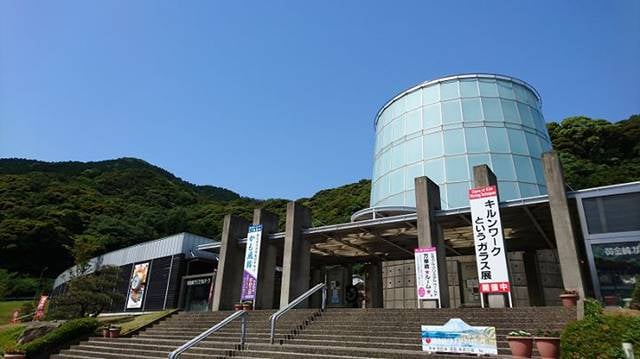
Museum, Art museum
Mikomotoshima Lighthouse

Also known as: 神子元島灯台
Lighthouse in Shimoda, Japan. Mikomotojima Lighthouse is a lighthouse located on Mikomotojima, a small uninhabited islet located 11 kilometres south of Shimoda port, Shizuoka Prefecture, Japan.The site was designated a National Historic Site in 1937.[7]
Sengokuhara

Also known as: 仙石原
Sengokuhara, sometimes called Sengokubara, is a district in Hakone, Kanagawa, Japan.[8]
Hachijō-kojima

Also known as: 八丈小島
Island in Hachijō, Tokyo, Japan. Hachijō-kojima is a small volcanic deserted island in the Philippine Sea approximately 287 kilometres south of Tokyo, and 7.5 kilometres west of Hachijō-jima, in the northern Izu archipelago, Japan. Administratively the island is within Hachijō, Tokyo, Japan.[9]
Suzaki Imperial Villa
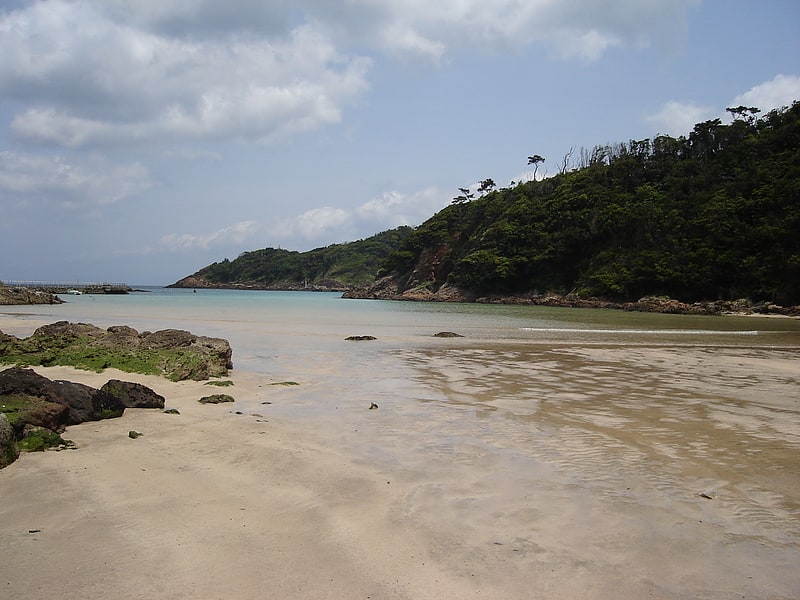
Also known as: 須崎御用邸
Retreat center in Shimoda, Japan. Suzaki Imperial Villa, located in the Suzaki neighborhood of Shimoda city, Shizuoka Prefecture, Japan is a residence owned by the Japanese Imperial Family, and used on infrequent intervals as an informal summer retreat.[10]